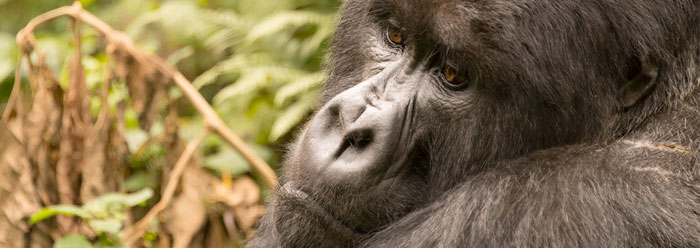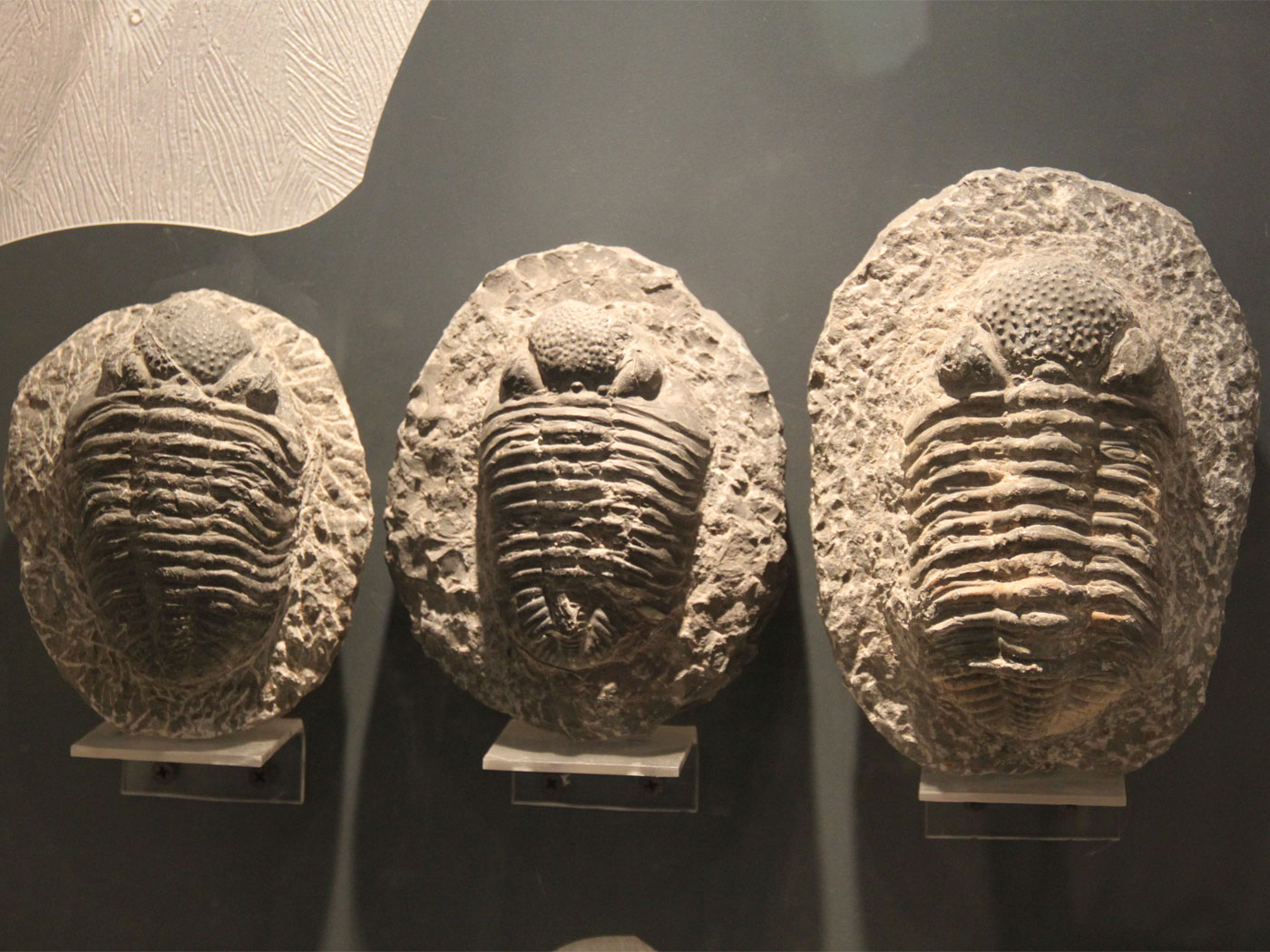The International Union for Conservation of Nature (IUCN) revealed their latest Red List of Threatened Species at their World Conservation Congress in Hawaii on September 4, 2016. There, thousands of scientists and celebrities discussed recently extinct plants and others nearing extinction, but the primate declines grabbed the headlines.1 Two of the three great-ape kinds are rapidly shrinking. Illegal hunting continues to diminish the now "critically endangered" gorillas and orangutans, while chimpanzees are listed as merely "endangered." Why should these losses sadden those concerned?
IUCN Director General Inger Andersen told IUCN News, "To see the Eastern gorilla—one of our closest cousins—slide towards extinction is truly distressing."
"Closest cousins" refers to the supposed evolutionary relationship humans and gorillas share by having descended from the same primate ancestor somewhere in the last ten million years. Therefore, in Director Anderson's view, humans were not made by God in the image of God. Instead, mankind represents a less-hairy hominid that evolved from an unknown ape-like creature.
If we are all products of evolution, then what basis do humans have for real morality? Does Inger Anderson's lament go beyond mere sentiment? On what evolutionary mooring would she base her great distress about great-ape extinction?
The Bible says God made humans in His image, and this includes our shared knowledge of good and evil—an intrinsic knowledge called conscience placed into humans from the beginning. But good and evil have no place in evolutionary thinking, which strictly embraces survival and sees death as a means for the best life forms to survive.
If evolution made humans as mere advanced animals, then morality is an illusion that brains create to somehow aid their species' survival. In other words, why do those who say that the physical universe consists merely of matter and energy react to threatened species as though moral laws that protect those species also exist?
Metaphysical realities like the intrinsic value of human life, love, truthfulness, good, evil, and even math and logic, have no root in our culture's materialistic view of reality.2 So on what moral basis does Ms. Andersen find extinction "truly distressing?"
Extinction should cause concern. But that concern comes from a Christian view of the world in which God ordained mankind to care for His creation. Did the actual image of God, including the knowledge of right and wrong and deep-seated emotions like concern or distress, come out of Inger Anderson's mouth in the same breath as her implicit denial of that very image?
Evolutionarily, if an animal can't cut it—if it can't adapt fast enough to survive—then in a sense it doesn't deserve to survive. But in reality, each plant and animal holds inherent value as God's creation. Every extinct animal therefore represents a lost opportunity to study those attributes of the Creator that He instilled into that creature.
Why should illegally hunting endangered animals distress those who believe that the physical universe is all that there is? That mindset offers no answer beyond personal preference. In contrast, those who attribute lasting value to God's creations have a real basis for concern.
References
- Four out of six great apes one step away from extinction. IUCN Red List. Posted on iucn.org September 4, 2016, accessed September 7, 2016.
- Plantinga, A. 2004. Evolution, Epiphenomenalism, Reductionism. Philosophy and Phenomenological Research. LXVIII (3): 602-619.
*Mr. Thomas is Science Writer at the Institute for Creation Research.
Article posted on September 26, 2016.
























